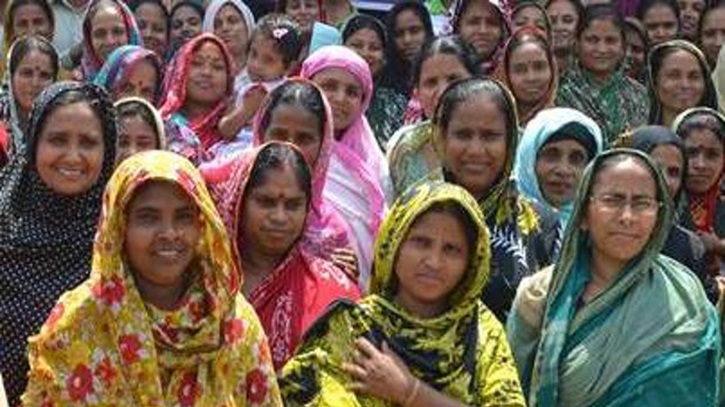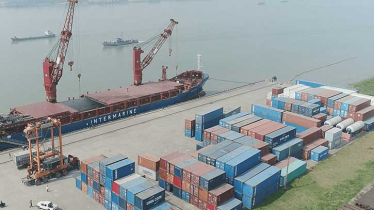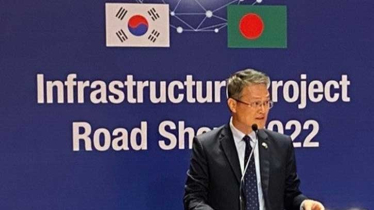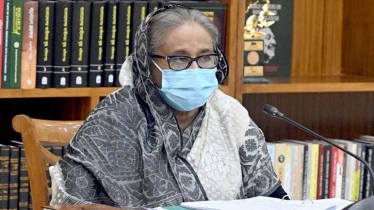
Photo Collected
If current trends continue, more than 340 million woman and girl— 8 percent of the world’s female population—will live in extreme poverty by 2030.
The gender gap in power and leadership roles also persists, and if progress continues at the current pace, it will take another 286 years to reach gender equality in public life.
Without ambitious investments to scale-up prevention programmes, implement effective policies, and provide support services to address violence against women and girls, countries will fail to end gender-based violence by 2030.
Despite the urgent need to make gender equality a priority, data on how much nations are committing to counteract and prevent violence against women and girls remains sparse.
State investments in violence prevention are more important than ever
Only one quarter of countries have systems to track budget allocations for gender equality overall, and data on national budgets to address violence against women and girls are hardly available.
According to the latest research, 78 per cent of countries have budgetary commitments to implement legislation addressing violence against women.
But it is unclear how countries are integrating prevention across different sectors, including education, health, economic development, and social protection.
What we do know is that current global investments in preventing gender-based violence are not enough.
Governments must unlock financing from different sectors and adjust national budgets using gender-responsive budgeting to source more investments to prevent violence against women.
In Bolivia, for example, local governments must use at least 15 per cent of Citizen Security budgets to tackle violence against women.
Fiji has pioneered efforts in violence prevention and become the first Pacific Island country, and second in the world alongside Australia, to launch a five-year national action plan to tackle gender-based violence with a budget of over USD 2.5 million.
Boosting funding of women’s rights organizations
Women’s rights organizations, which are essential in leading prevention efforts, remain chronically underfunded with just 1 per cent of gender-focused state aid directed to them.
Worryingly 89 per cent of women’s rights and civil society organizations working in the realm of peace, and security face a moderate to very high risk of shutting down their operations due to a lack of long-term funding.
Women’s rights organizations also struggle with the types of funding streams they can tap into. Core funding is critical for sustained long-term and impactful interventions, but accessing it is complex and only 7 per cent of women’s rights organizations working in gender-based violence prevention manage to secure core funding.
Grassroots organizations have an added challenge to access funding due to donor requirements they often cannot meet due to their size and capabilities.
In our work to support women’s rights organization, UN Women leads on behalf of the UN System, the UN Trust Fund to End Violence against Women and Girls.
Since its creation in 1996, the Fund has invested USD 215 million in 646 initiatives led by women’s rights organizations in 140 countries and territories.
In 2022 alone, the Fund partnered with 186 civil society organizations across five regions, providing them with USD 87.8 million in grants to prevent and address violence against women and girls.
Most of these grants, 62 per cent, went to women's rights organizations.
Pushing for investment and transparency
As part of its core mandate, in 2021, UN Women convened Generation Equality, the world’s leading initiative to boost investment and implementation of gender equality.
The Action Coalition on Gender-Based Violence is one of six thematic Action Coalitions, established in 2021, unlocking political will and fostering gender-responsive investments to deliver transformative changes in the lives of women and girls.
It is calling for flexible funding streams to women’s rights organizations working to end violence against women and girls, and has set the following targets to reach by 2026:
Doubling international funding to women’s rights organizations, activists and movements working to address gender-based violence.
Increase funding to women’s rights organizations by USD 500million.
Ensure that 30 per cent of humanitarian funding to address gender-based violence reaches women’s rights organizations.
Ensure that 50 per cent of countries track national and international gender-based violence funding to women’s rights organizations through a dedicated budget line for that purpose.
As the world navigates diverse challenges in the quest for gender equality, UN Women continues to lead the charge, pushing for investments and transparency to prevent violence against women and girls everywhere.
U









